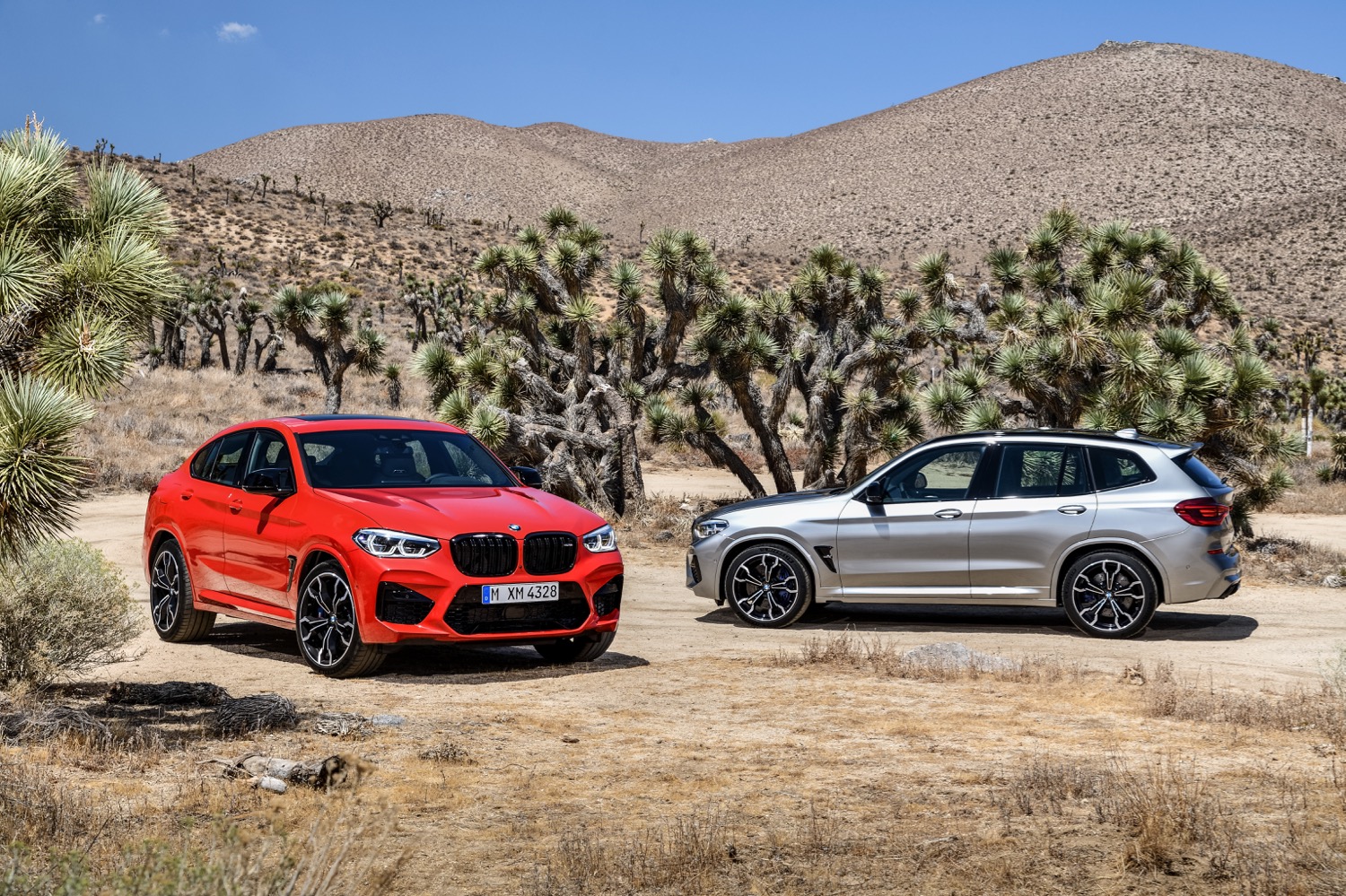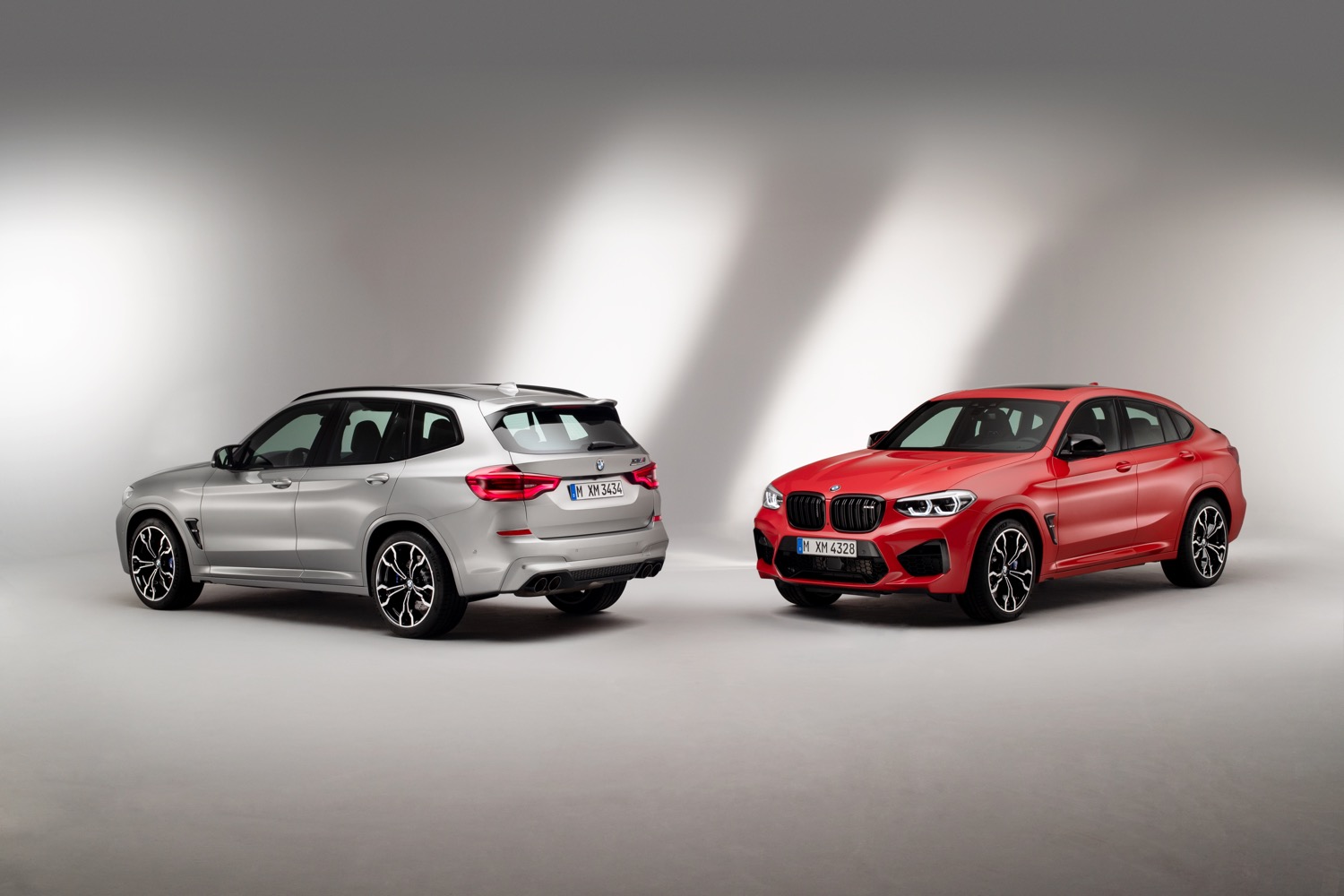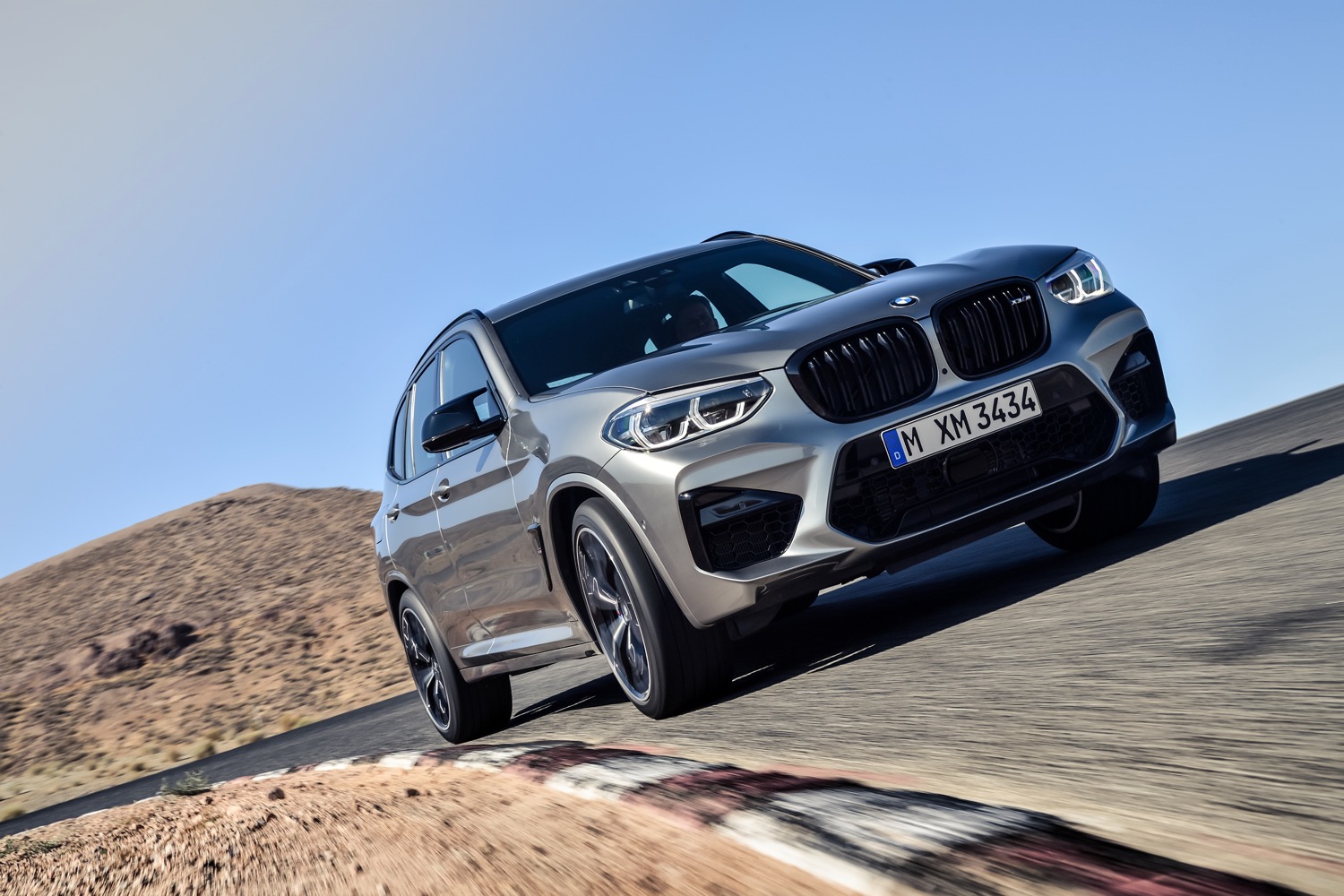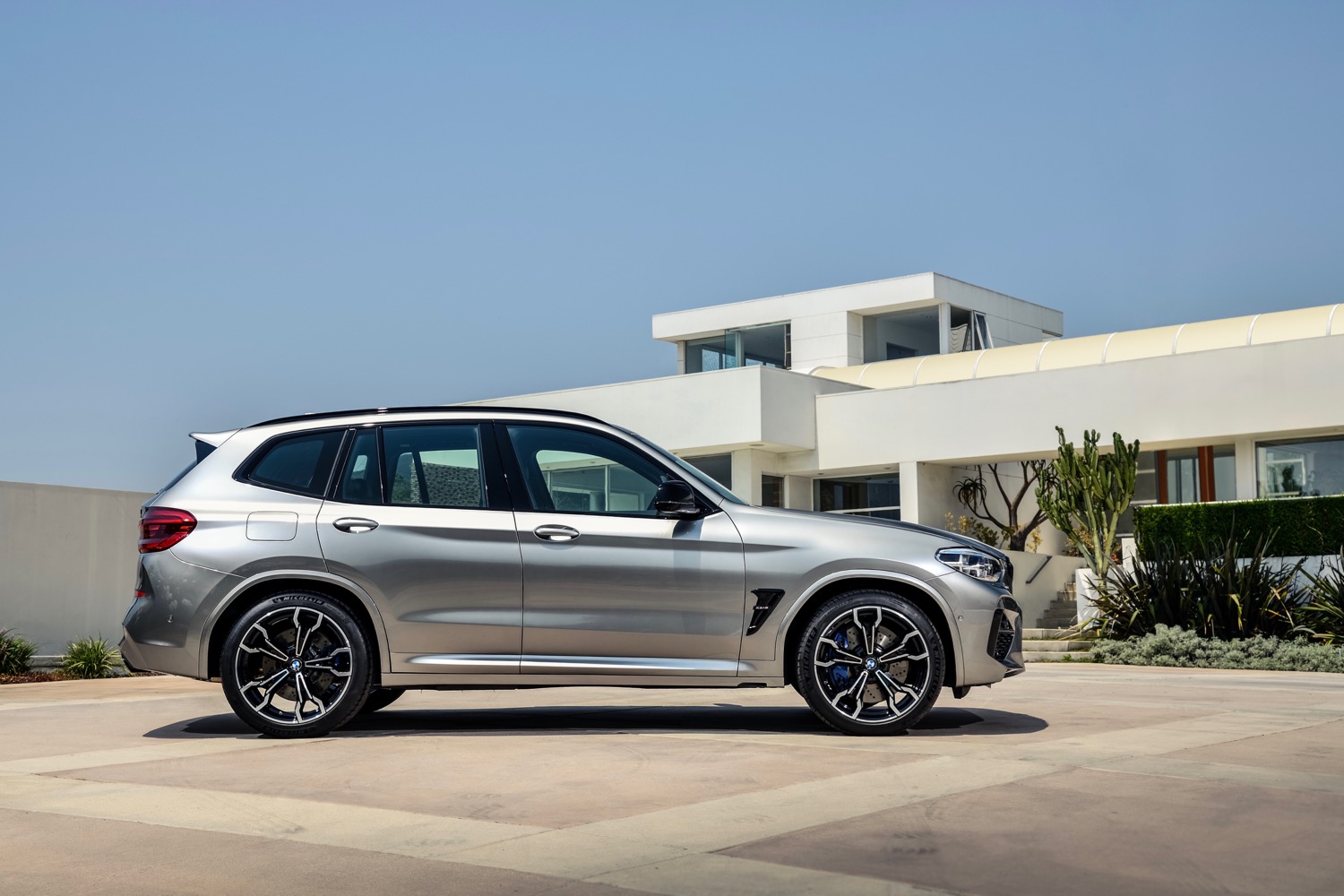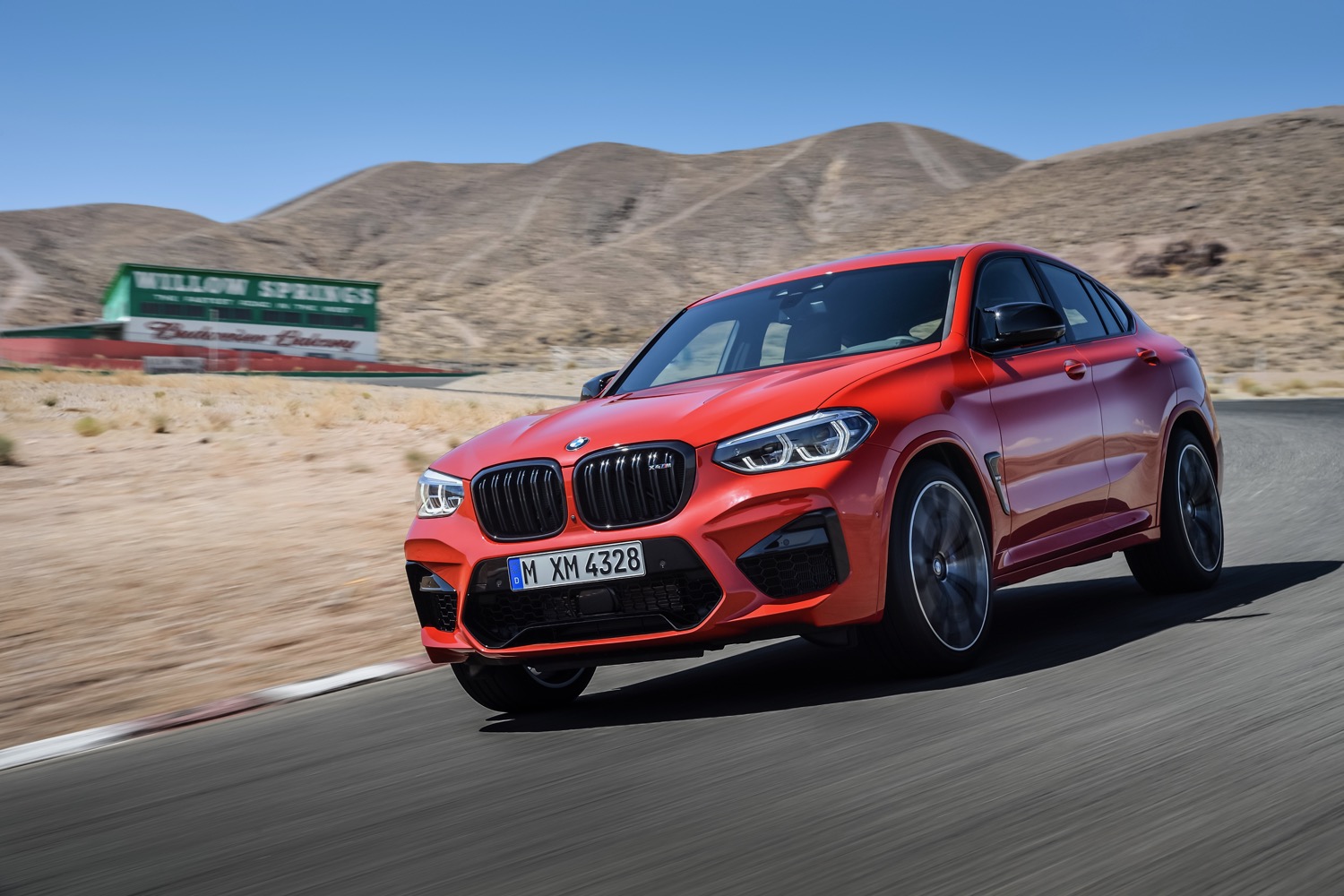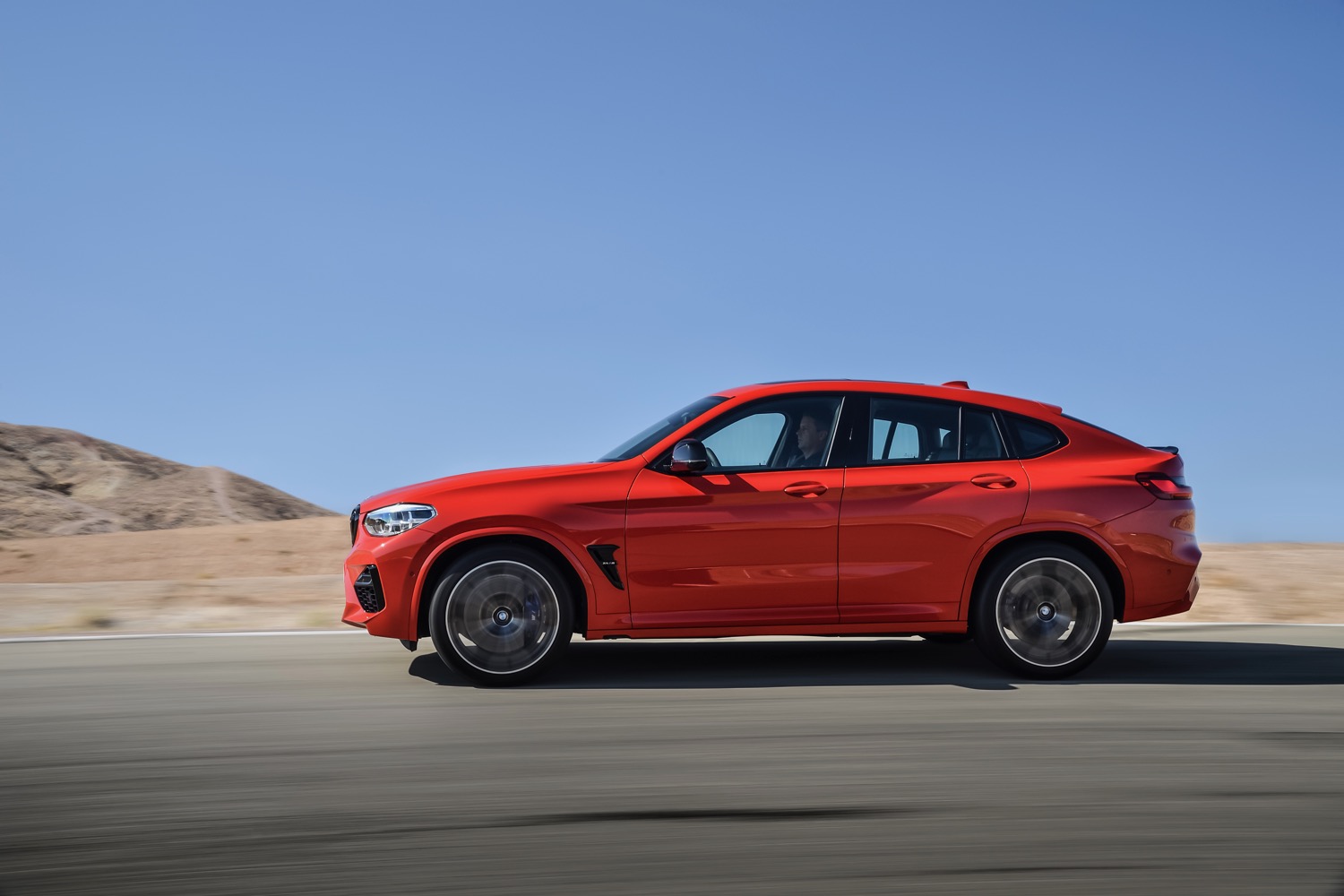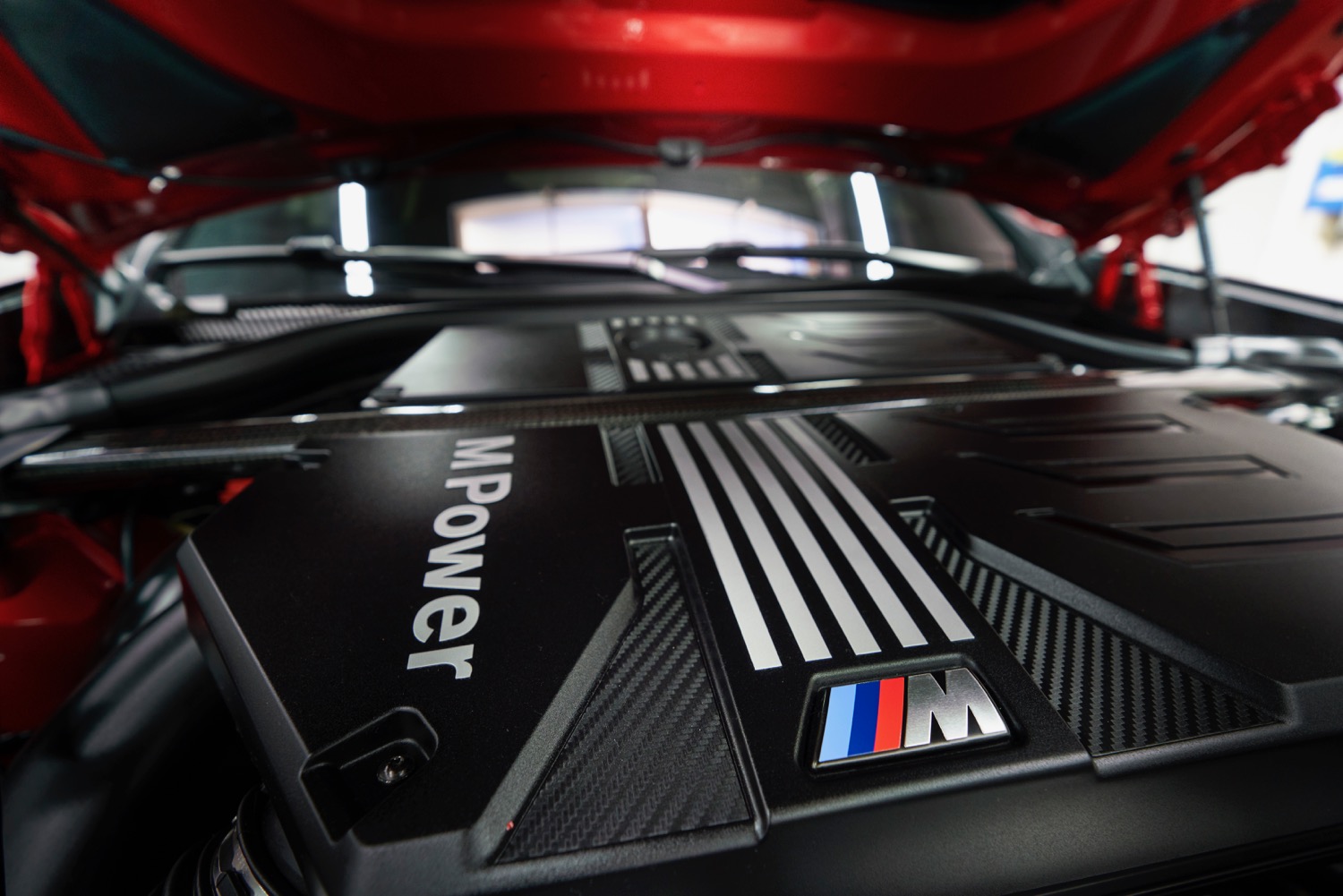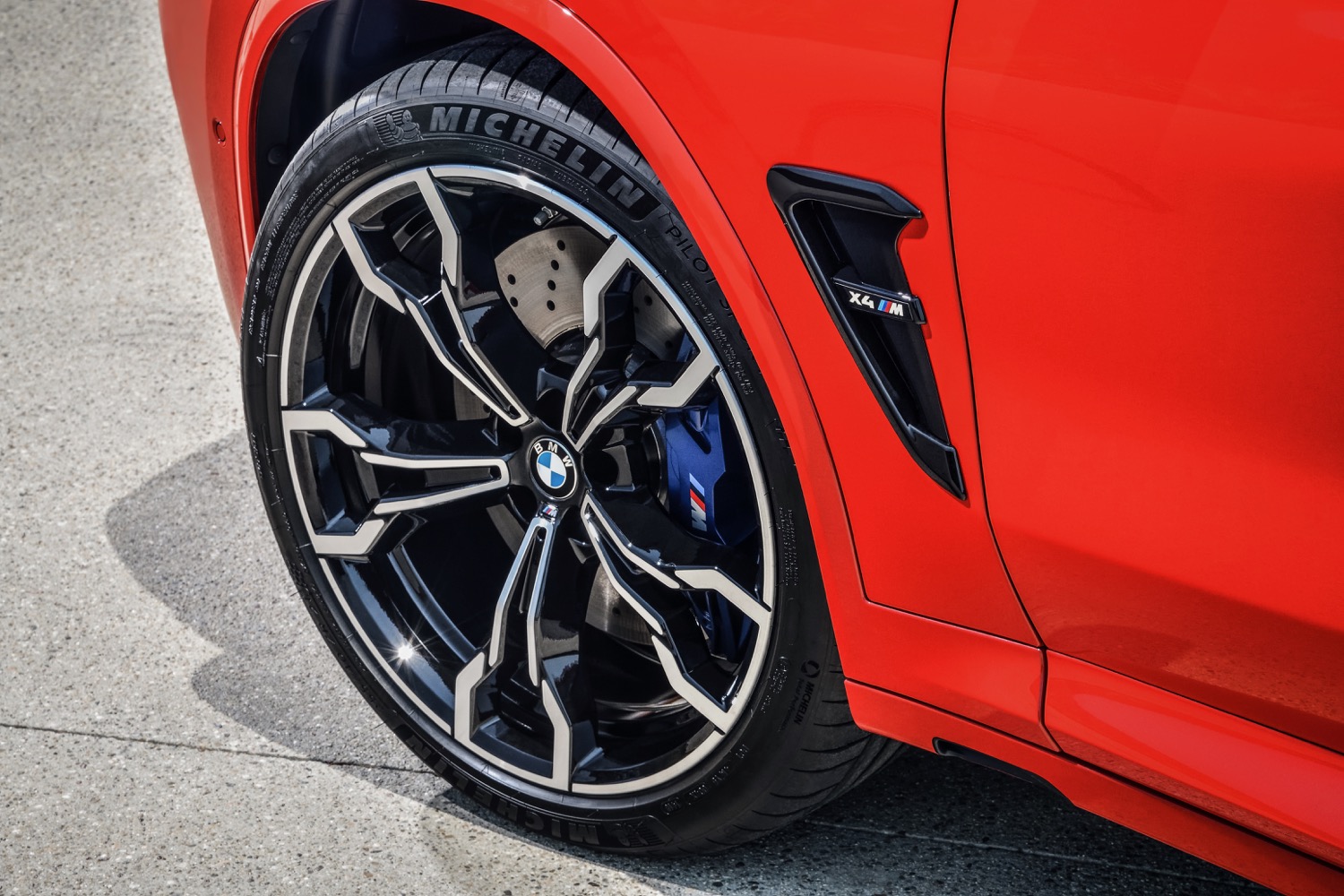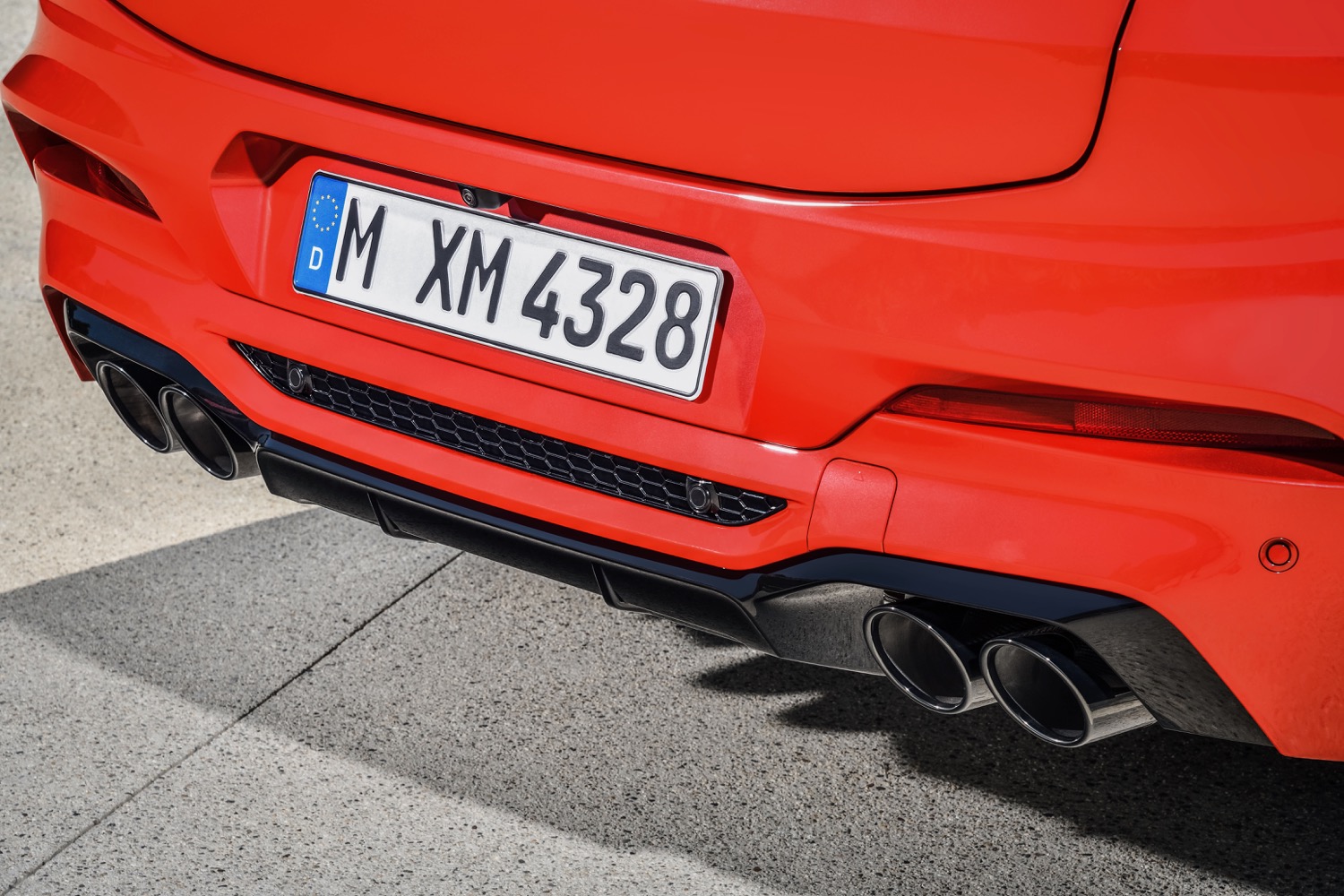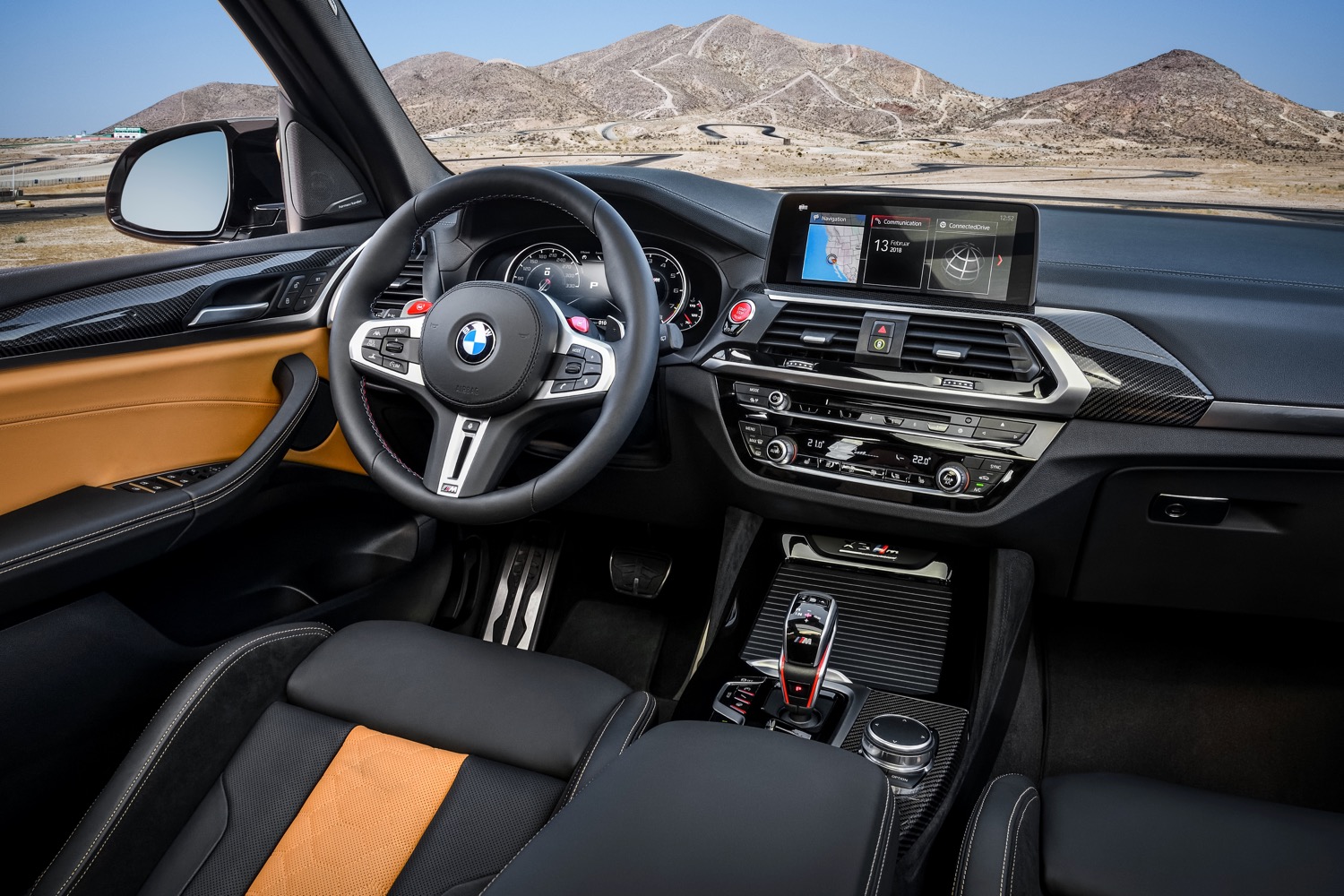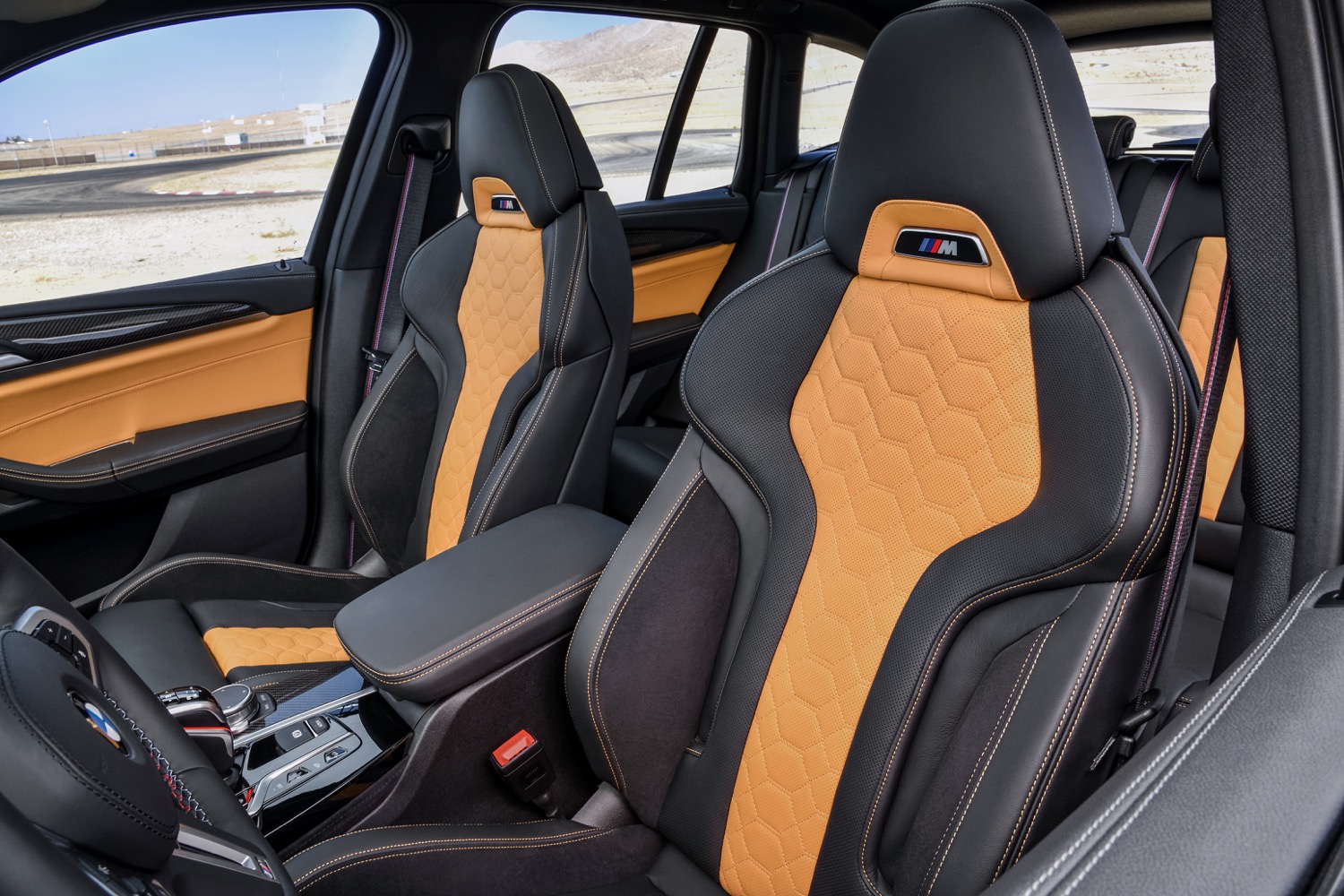BMW’s M performance division used to be snobby. Unlike rival Mercedes-Benz’s AMG division, M wouldn’t build a souped-up version of every BMW just to fill gaps in the lineup. But then BMW figured out that AMG’s model was more profitable and started copying its rival. Which is how we ended up with the 2020 BMW X3 M and X4 M.
The X3 M and X4 M are performance versions of BMW’s X3 and X4 crossovers. The main difference between the X3 and X4 is that the latter has different styling to make it look more like a “coupe.” BMW has offered M versions of the larger X5 and X6 for years, so it was only a matter of time before the X3 and X4 got the same treatment.
But are these two BMW crossovers really worthy of the M badge? They do have lots of power under their hoods. Both the X3 M and X4 M use a 3.0-liter twin-turbocharged inline-six. The engine produces 473 horsepower and 442 pound-feet of torque in base form, but high-end Competition models get 503 hp. Torque remains the same, but it’s available through a wider area of the rev range. The only available transmission is an eight-speed automatic, and all-wheel drive is standard. The all-wheel drive system can’t shift to rear-wheel drive, as in the BMW M5, but BMW said it is rear biased to ensure lively handling.
BMW expects base versions to do zero to 60 mph in 4.1 seconds, and 4.0 seconds for Competition models. All versions are electronically limited to 155 mph, but BMW will offer customers the option to have the limiter raised to 174 mph on base models, and 177 mph on Competition models.
As with other BMW M models, the X3 M and X4 M also get chassis upgrades like M-specific adaptive suspension and brakes, more aggressive looking exterior styling, and interior festooned with M badges. Carbon-fiber interior trim is available as well.
The 2020 BMW X3 M and X4 M will be built at the automaker’s Spartanburg, South Carolina, factory, with production slated to start in April. Pricing will be announced closer to the launch date. The two performance crossovers will face off against a competent group of rivals, including the Porsche Macan Turbo, Mercedes-AMG GLC 63, and Alfa Romeo Stelvio Quadrifoglio.
Editors' Recommendations
- BMW i4 vs. Tesla Model 3: Which EV sedan is better?
- Oppo’s Android 12-based ColorOS 12 is coming to the Find X3 Pro in December
- BMW will launch an electric version of one of its most popular models in 2020
- 2020 BMW X3 M and X4 M Competition first drive review
